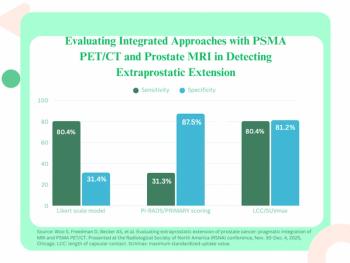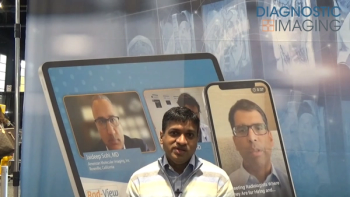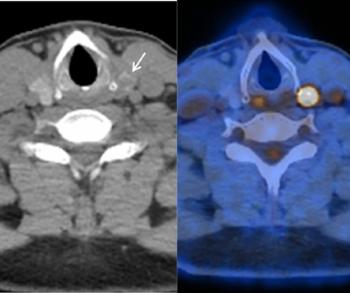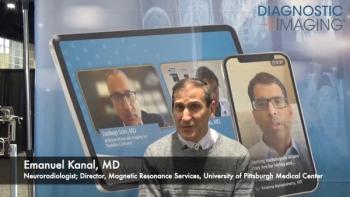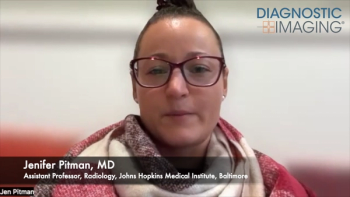
New Mammography Studies Assess Image-Based AI Risk Models and Breast Arterial Calcification Detection
In a recent interview, Emily Conant, M.D., discussed findings from two studies presented at the European Congress of Radiology (ECR) conference that showed the potential impact of image-based AI risk models and breast arterial calcification detection in mammography screening.
The quantitative assessments provided by image-based artificial intelligence (AI) models in mammography screening may have a significant impact in ascertaining short-term breast cancer risk, according to new research presented at the European Congress of Radiology (ECR) conference.
In a study involving over 8,000 women (including 780 women with incident breast cancer), researchers found that AI-based risk models (ProFound AI Risk, iCAD) for digital mammography and digital breast tomosynthesis (DBT) predicted 40 percent and 48 percent, respectively, of future breast cancers in high-risk women.
“Another important thing is this (research was focused on) short-term risk, so this is really important to guide the choice of precision screening for women. Who needs what? How often? … How can we really use this information, this risk based on the image qualities, to drive precision screening better than we're doing it right now?,” posited lead study author Emily Conant, M.D., a professor emeritus in the Department of Radiology at the Hospital of the University of Pennsylvania.
In a recent interview, Dr. Conant also discussed another study presented at the ECR conference that examined the use of an algorithm to facilitate detection of breast arterial calcification (BAC) in mammograms. Dr. Conant and her colleagues found that the algorithm achieved a 98 percent case-level AUC for BAC detection.
“I think the fact that the mammogram shows more than just, you know, breast cancer and risk for future breast cancer, short-term risk, long-term risk, but can also help sort of triage women who are at higher cardiac risk. That's really huge,” maintained Dr. Conant. “Again, we need more studies, we need more data, we need prospective studies and all of that. But this is a rapidly expanding area that I think really adds benefit and worth, etc, to mammographic screening.”
(Editor’s note: For related content, see “
For more insights from Dr. Conant, watch the video below.
Newsletter
Stay at the forefront of radiology with the Diagnostic Imaging newsletter, delivering the latest news, clinical insights, and imaging advancements for today’s radiologists.

